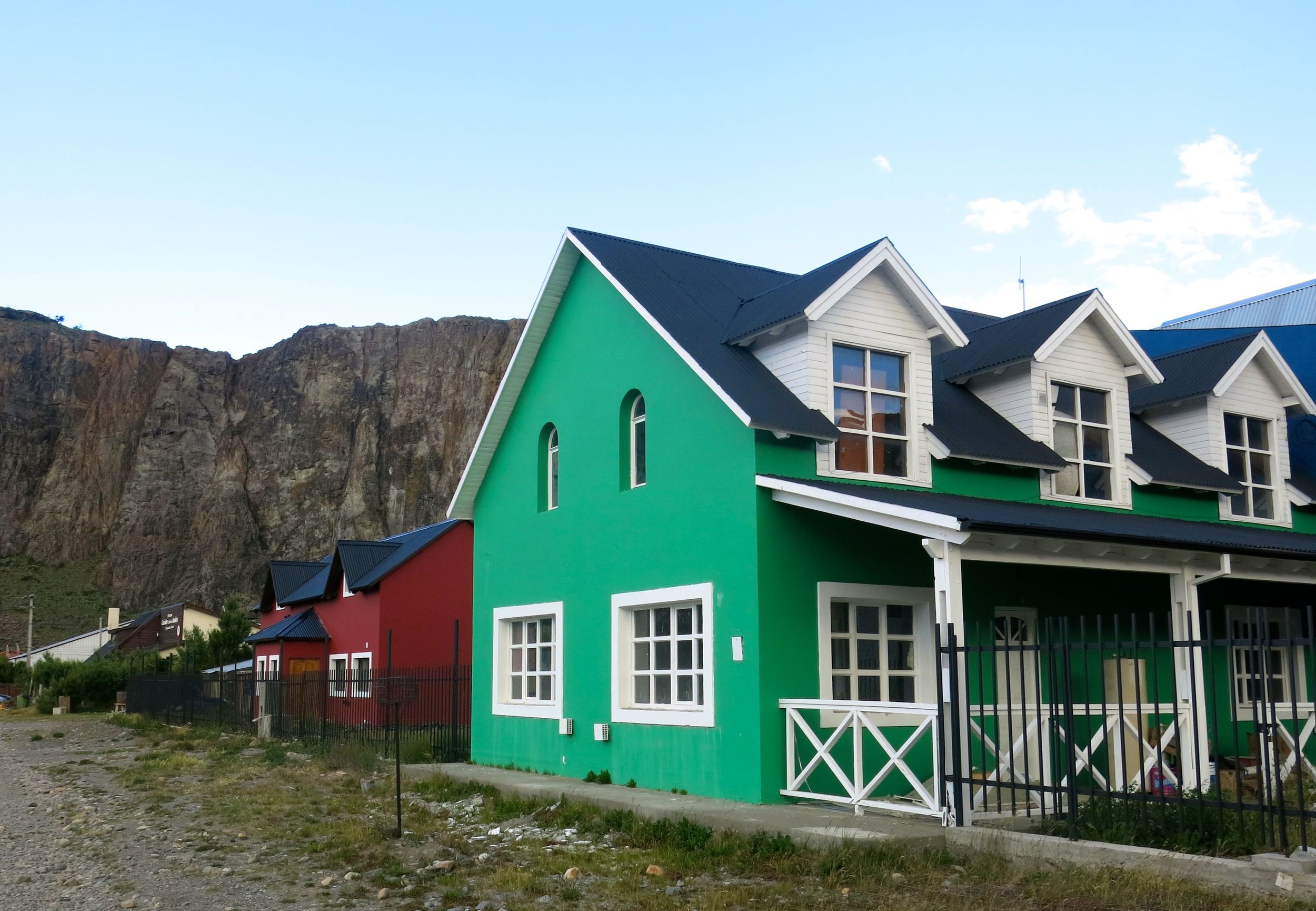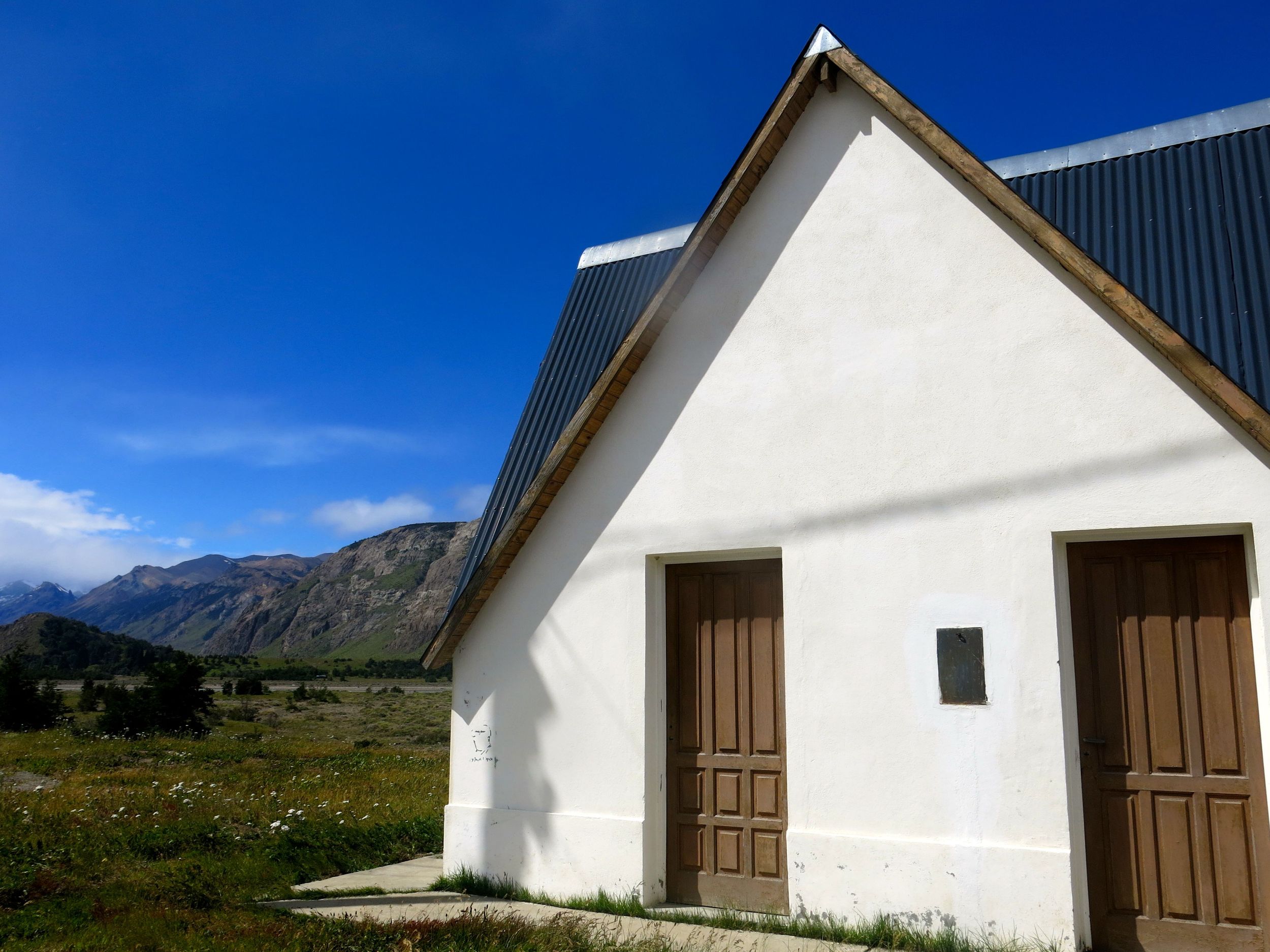Visiting a grocery store in a foreign country, and learning the ways people eat is always one of the most enlightening experiences of a trip.
The variety of food that’s readily available, the way the grocery stores are sectioned out, the average prices... these things all translates to what people actually eat, and can teach you a lot about the life of everyday people.
After visiting quite a few grocery stores all across the country of Argentina, and talking with some of the local foodies/chefs, here are some of the things I noticed.
More well-behaved dogs off leashes!
The first thing you notice when you visit the grocery store in Argentina is all the little dogs sitting out front, blocking the entrance, waiting for their owners.


The first time we saw this, I thought, "Maybe the dogs are strays," and "Maybe they've got nothing else to do," but I soon realized that almost every little dog kicking it on the curb has an owner. And that owner will eventually come out of the store, and the dog will follow them home.
Hate veggies? You're in luck
Another thing I noticed was the lack of fresh produce or snacks in the grocery stores. That's not to say there aren't any fresh items, there are just less of them.
In many of the stores, you can get apples, bananas, and tomatoes--and in some cases you need to pick through a batch of moldy ones to get to the winners. Eggplants are sometimes available, along with carrots, and potatoes, white onions. pears, grapes, watermelon and red bell peppers. But in many places, the freshness of the produce, the quantity, and the variety are surprisingly low.
I've heard that if you spend more time in the local outdoor markets, the produce is abundant, but in a lot of the supermarkets, the veggies are scarce.
A few reasons why:
- Argentina's economy makes people hesitant to invest in
- Argentina taxes the hell out of farmers (rather than subsidizing them) so it's tough to grow and ship crops
- Argentinians don't want vegetables anyways
Argentina doesn't snack
Another difference, is the lack of variety when it comes to snacks. At home, I can walk into a Safeway and get tons of fresh vegetables, to-go sushi and packaged fruit, a bottle of green tea, and a big deli sandwich with veggies and spreads. In Argentina, there is often a small fridge section with liquid yogurt, packaged flan and rice pudding, maybe a ham and cheese or breaded meat sandwich, to-go empanadas, and 3-5 generic cheeses and fatty meats.




Here, this isn't so much of an availability problem, I think it's more of a testament to the "2 giant meals of steak" eating schedule, and the traditional taste buds of the Argentines (a people that like their steak, their empanadas, their pastas, and that's about it.)
I won't begrudge anyone their love of simple foods, but I will say it makes putting together a nice picnic a little more difficult. While we were spoiled in France and Spain with a huge selection of interesting breads, meats, and cheeses to take for a picnic, in Argentina there is usually just jamon cocido (ham) and then some kind of pancetta or salami to go along with a slim selection of cheese. They also don't carry a lot in the way of condiments. Unless of course you want some dulce de leche.
I'll have the cow with a side of pig
What Argentina lacks in little meats, it makes up for with a lot of big meat. Most stores have a very well stocked meat section with large sections of cow, and then lamb and/or rabbit depending on where you are. You can also get chorizo, entrails, blood sausage, and whole chickens, no problem.
You can never have too much chocolate milk
Another thing you will never run out of in Argentina is chocolate, especially the kind that is powdered, and full of artificial sweeteners. To be honest, the wall of Nesquick wasn't too surprising, as most hostels offered hot milk and powdered chocolate right along with coffee in the morning.
Dairy shines a light on the conflict between government and farm
Finally, the way dairy is handled is fascinating, and it's another example (like the produce) of the problems Argentina currently faces.
In Argentina, everyone drinks milk from a box that comes out of the dry goods section. It lasts for months. There is a whole section for this kind of “dairy” product at the store.
It seems ridiculous that Argentina, which is basically one giant cow farm, drinks powdered milk. But unfortunately, there are a variety of reasons why this is the case.
In the late 90's, Argentina was one of the top producers of milk in the world, but the economic crisis of 2001 stopped dairy production in its tracks. This problem is compounded by the government's "anti-farmer" policies. In the last 10 years, the government has added a 15 percent export tax on most dairy products, and eliminated value-added-tax refunds on exports. The inability to export, along with the fluctuating export tax rate and growing inflation made potential investors even more skittish.
Challenges remain, but the foodies always fine a way to cope
Given how hard it is to get variety for most local people, I was often surprised that the chefs (at least, the ones in more popular places like Buenos Aires, Mendoza, and Bariloche) were able to get almost anything. When we got fresh morels in Bariloche, we asked how the chef was able to get such great produce, and he told me that “he knew a guy.”
So, I guess like anywhere else, it all comes down to who you know.














































































































































































